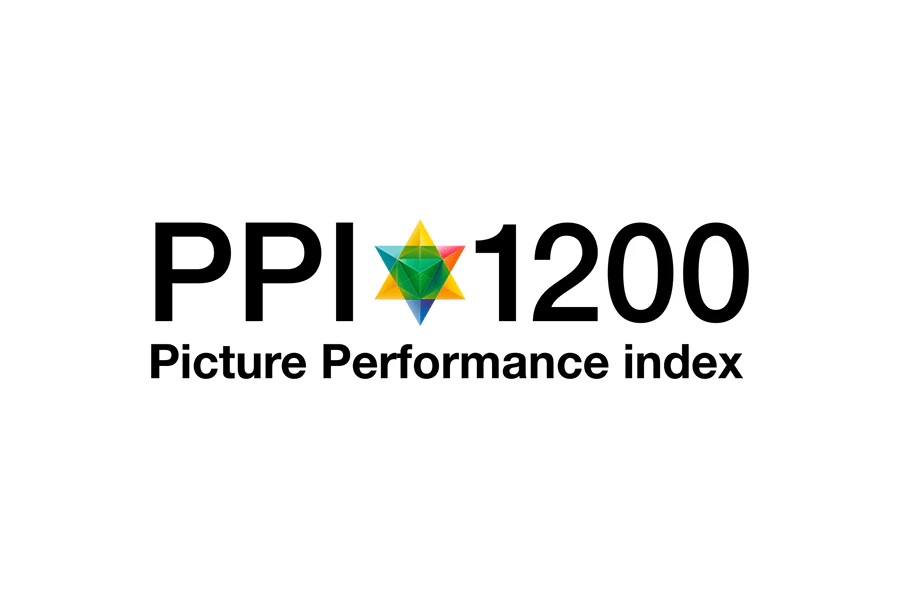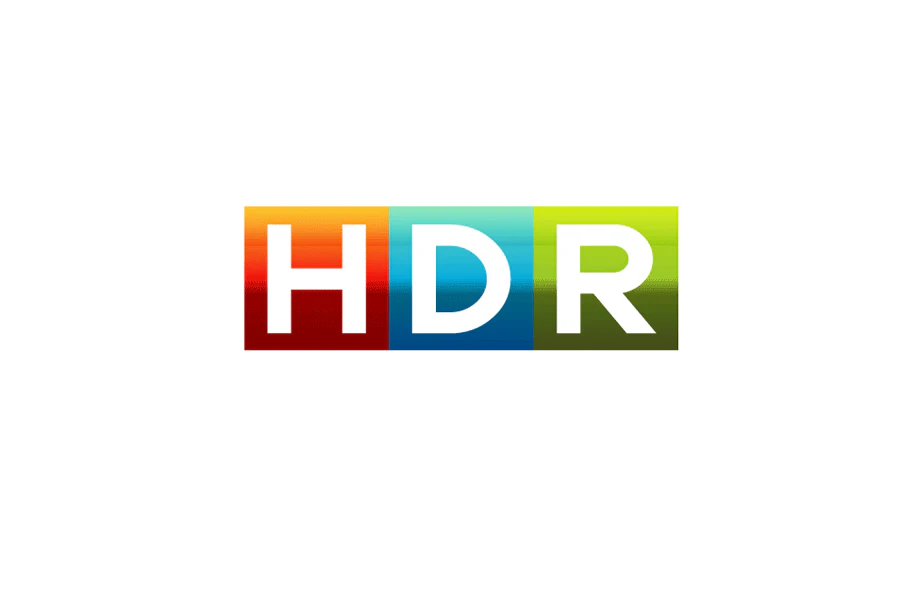
TELEVISION
4 emblematic new TV technologies
Since the advent of 4K Ultra HD in the world of television, everyone has been talking about HDR but no one really knows how to explain what it is. And the PPI index, what is it? What about Micro Dimming? It is time to put definitions on these terms which are full of cutting edge technology but whose consumer benefits and practical application within television can still prove to be rather mysterious. After reading our four definitions, you should be ready to decipher the spec sheet of the TV of your dreams. So let's go !

Micro Dimming
It is a technology that is offered by certain brands of Tv sets, including Thomson and which consists in improving the contrast, but how? To understand this technology, you must already understand the principle of LCD TVs (liquid crystal display). To display the image, the liquid crystals more or less let in the light emitted by the backlight, consisting of LEDs on today's televisions. However, even in the most closed position, these crystals still allow a little light to filter through, which is detrimental to the contrast with dark gray blacks in darker areas. TV sets with Micro Dimming technology analyze the image in real time to adjust by specific steps the brightness delivered by the backlight in zones. As a result, blacks are deeper and this contributes to a more natural and realistic image rendering.
PPI index
Recent Thomson television sets, like the UE64W Series a PPI of 1200. You still have to know what that means! PPI stands for Picture Performance Index. This is an index used by most major TV brands to assess the performance of their different models. In particular, the fluidity of the image, the resolution, the contrast, the range of colors, the type of screen are taken into account. In short, the higher the PPI value of a television set, the higher also its picture quality. It should nevertheless be taken into account that, insofar as the PPI index is used by TV brands themselves and that these have the possibility of setting their own criteria, this is an element to be taken into account only as an indication.


Dolby Audio
Some television sets, such as the Thomson UE64 series , now include Dolby Audio technologies. Because if the image plays an extremely important role, when buying a TV set, the sound should not be overlooked. Not everyone has the option of adding a home theater to their installation. This is why today's TV sets can perform complex sound processing, which goes beyond just stereo sound. Dolby is a company specialized in sound, whose know-how can be found in the cinema, in home cinema sets, on computers ... and television sets. Dolby offers sound encoding, the best known of which is Dolby Digital 5.1. This means that the soundtrack for the movie or series has five separate channels for immersive sound effects: left, center, right, back left and back right. The ( .1) being the channel for bass. A television set equipped with this feature is able to process such a sound signal in order to reproduce it optimally.
HDR
Whether it is called HDR ( High Dynamic Range ), HDR10, HDR10 + or even Dolby Vision, the purpose of this technology, present in many Ultra HD television sets is to improve the rendering of the image in light and dark scenes which coexist without degrading each other. For example, a dark room with a window through which a bright sun enters. Without HDR, either the bright light in the window is dimmed, or the details can no longer be seen in the dark part of the room. With HDR (originally from the world of photography, where it has been used for a long time), the juxtaposition of light and dark areas is done without loss of detail in one or in the other, the colors keep all their nuances, the whites are white and the blacks next to them are really black too.
There are technological variations of HDR, but it is sometimes difficult to distinguish the difference, especially with the naked eye. So, if HDR10, which has become the most common standard, is based on a 10-bit color scale - for comparison, a non-HDR image is in a 8-bit color scale. Dolby Vision is based on a 12-bit color scale and is inspired by the vision of the human eye. The HDR10 +, on the other hand, optimizes the display of video or cinematographic sequence shots in real time, to provide an even more precise image.
Although HDR has proven to be one of the most significant developments in recent years in the field of televisions, it sometimes might leave many viewers perplexed. Indeed, at first glance, it’s hard to pin down the real interest of HDR when it’s activated on a TV. First, the content, film, series or sporting event, must be encoded in HDR. This is now the case for streaming services, such as Netflix. In addition, the content must display scenes that take advantage of HDR. A recent series like The Witcher with a lot of clear / obscure scenes could benefit in a very visible way from HDR. In sport sequences, the most obvious example is a soccer game played in a stadium split in half between sun and shade as it often happens.
Ideally, compare the picture by turning the TV's HDR on and off to see the difference. Do not hesitate to make this experience, as you could thus better understand what HDR is!


There are obviously many other technologies and names associated with Ultra HD and Full HD TVs , but you now have at your disposal a few new keys to understand a little better the TV sets technical specifications descriptions!

 Denmark (Danish)
Denmark (Danish)  Deutschland (Deutsch)
Deutschland (Deutsch)  España (Español)
España (Español)  France (Français)
France (Français)  Italia (Italiano)
Italia (Italiano)  Nederlands (Dutch)
Nederlands (Dutch)  Polska (Polski)
Polska (Polski)  Russia (Russian)
Russia (Russian)  Sweden (Swedish)
Sweden (Swedish)  Turkey (Turkish)
Turkey (Turkish)  Ukraine (English)
Ukraine (English)  United Kingdom (English)
United Kingdom (English)  USA (English)
USA (English)  China (Chinese)
China (Chinese)  Hong Kong (English)
Hong Kong (English)  India (English)
India (English)  Indonesia (English)
Indonesia (English)  Lebanon (English)
Lebanon (English)  Saudi Arabia (English)
Saudi Arabia (English)  Thailand (English)
Thailand (English)  Vietnam (English)
Vietnam (English)  Algeria (Français)
Algeria (Français)  Egypt (English)
Egypt (English)  Australia (English)
Australia (English)